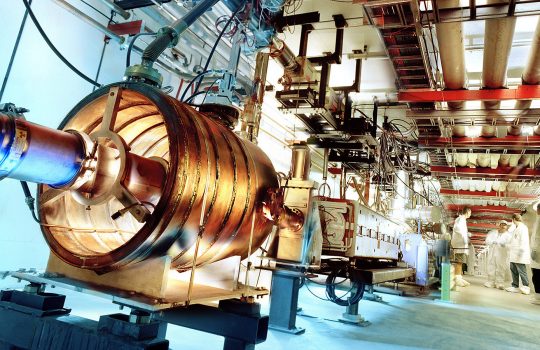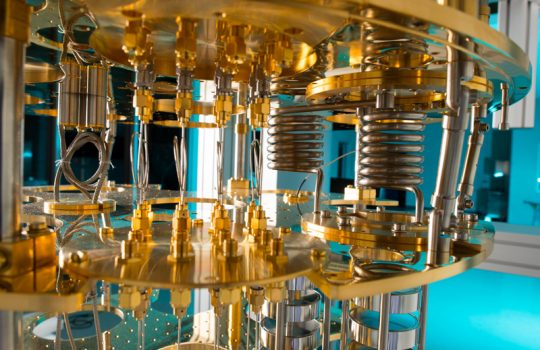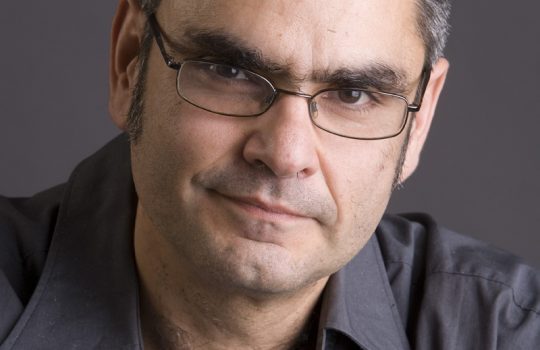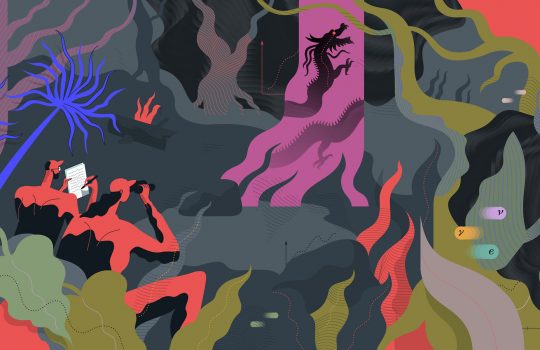Primeras partículas en el prototipo de un gran experimento internacional de física de neutrinos
From Noticias CIEMAT, Sept. 18, 2018: La colaboración científica de DUNE, donde participan el CIEMAT, el Institut de Física d’Altes Energies (IFAE), el Instituto de Física Corpuscular (IFIC) y el Instituto de Física Teórica (IFT), cree que los neutrinos pueden tener la respuesta a una de las principales cuestiones de la Física: por qué vivimos en un Universo dominado por la materia.





